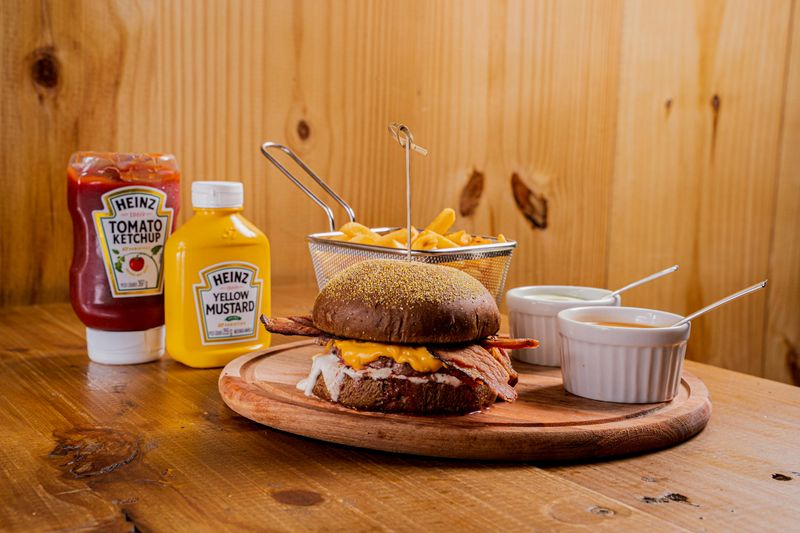
Kraft Heinz Q2 2025 Earnings: A Mixed Bag of Strategic Moves
Highlights
- Top line growth: +8% in emerging markets
- Marketing investment: 4.8% of net sales by the end of 2025
- Marketing increase: +30 bps year-over-year
- Investment increase: $300 million with additional investments in H2
- Pricing increase: 1% versus 5-7% inflation
- Noncash impairment charge: $9.3 billion
- Stock price decline: Triggered impairment
Kraft Heinz recently released its second quarter 2025 earnings, highlighting both significant investments and challenges that paint a complex picture for stakeholders. On the positive side, the company has captured an 8% top-line growth in emerging markets and continues to be bullish on marketing efforts, pledging 4.8% of net sales towards marketing by the year's end – the most in nearly a decade. Manufacturing and strategic investments total $300 million, with an expectation to ramp up marketing by an additional 30 basis points. These investments show Kraft Heinz's dedication to strengthening brand superiority with renewed focus on consumer engagement.
However, looming clouds have emerged in the form of a massive $9.3 billion noncash impairment charge. This charge was primarily due to a sustained decline in the stock price, emphasizing potential concerns among investors. Andre Maciel, CFO, clarified the impairment's connection to the company's intangible assets rather than suggesting a change in their strategic direction.
Despite this accounting setback, Kraft Heinz maintains its consumer-first approach, strategically implementing a pricing increase of merely 1% despite dealing with inflation rates between 5% to 7%. This carefully balanced tactic underscores the company's commitment to maintaining affordability amid challenging economic times.
As Kraft Heinz continues to navigate a tumultuous market, these efforts reflect a strategic position to foster long-term growth and adapt to evolving market dynamics while assuring stakeholders of their efforts to unlock shareholder value. Although they face industry and market pressures, their strategic investments and focus on brand improvement could pave the path for future success.
